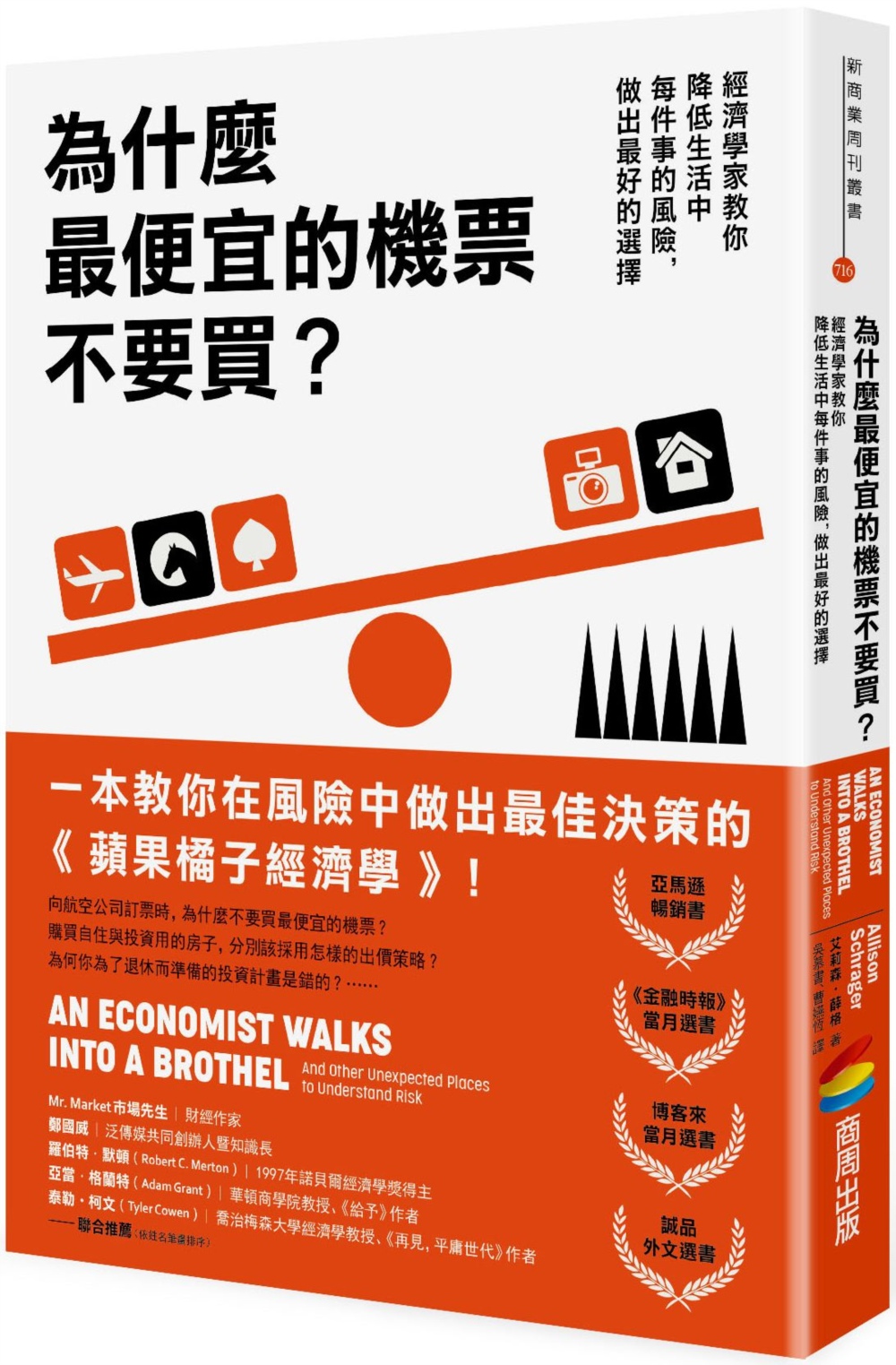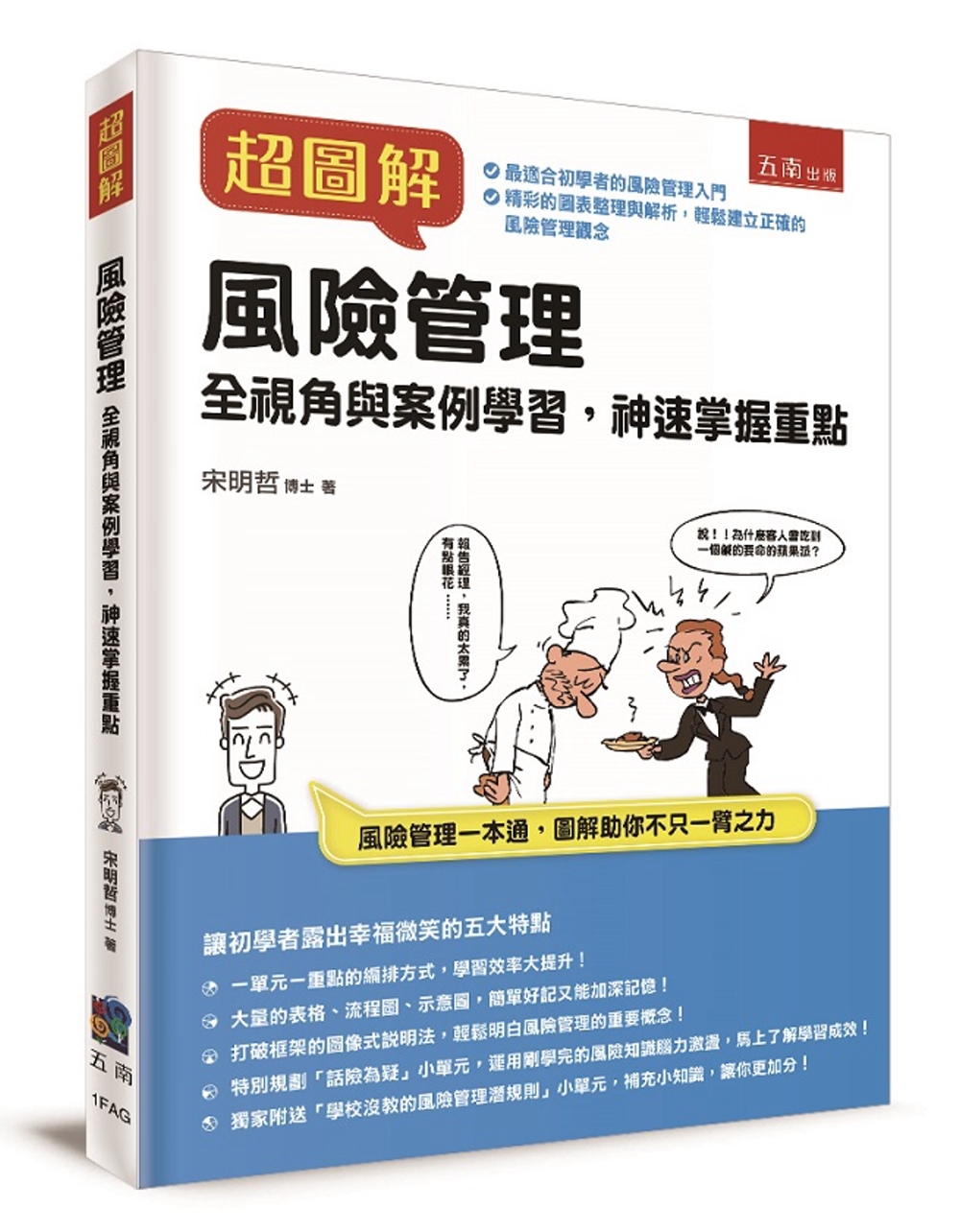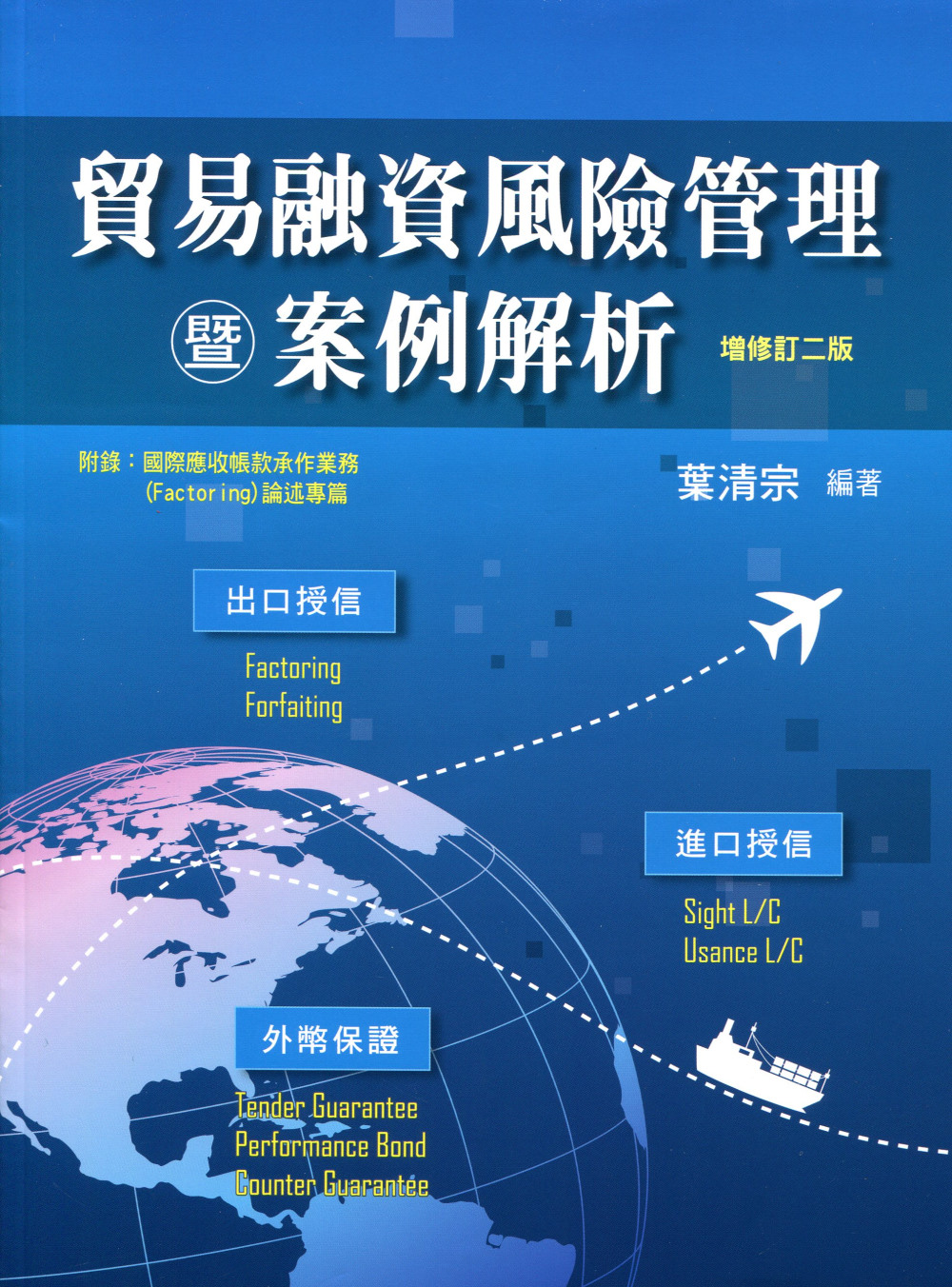極端金融風險(全英文) | 被動收入的投資秘訣 - 2024年7月

極端金融風險(全英文)
內容全面系統,既有很高的實用價值,又有很強的資料收藏價值,涵蓋了The Multidimensional Nature of Risk and Dependence、Emergence of Dependence Structures in the Stock Markets、Discussion and Conclusions等內容,各章結構合理,層次清楚、敘述詳細、文字流暢,非常適於閱讀。
1 On the Origin of Risks and Extremes1.1 The Multidimensional Nature of Risk and Dependence1.2 How to Rank Risks Coherently?1.2.1 Coherent Measures of Risks1.2.2 Consistent Measures of Risks and Deviation Measures.1.2.3 Examples of Consistent Measures of Risk1.3 Origin of Risk and Dependence1.3.1 The CAPM View1.3.2 The Arbitrage Pricing Theory (APT) and the Fama-French Factor Model1.3.3 The Efficient Market Hypothesis1.3.4 Emergence of Dependence Structures in the Stock Markets1.3.5 Large Risks in Complex SystemsAppendix1.A Why Do Higher Moments Allow us to Assess Larger Risks?2 Marginal Distributions of Returns2.1 Motivations2.2 A Brief History of Return Distributions2.2.1 The Gaussian Paradigm2.2.2 Mechanisms for Power Laws in Finance2.2.3 Empirical Search for Power Law Tails and Possible Alternatives2.3 Constraints from Extreme Value Theory2.3.1 Main Theoretical Results on Extreme Value Theory2.3.2 Estimation of the Form Parameter and Slow Convergence to Limit Generalized Extreme Value (GEV) and Generalized Pareto (GPD) Distributions2.3.3 Can Long Memory Processes Lead to Misleading Measures of Extreme Properties?2.3.4 GEV and GPD Estimators of the Distributions of Returns of the Dow Jones and Nasdaq Indices2.4 Fitting Distributions of Returns with Parametric Densities2.4.1 Definition of Two Parametric Families2.4.2 Parameter Estimation Using Maximum Likelihood and Anderson-Darling Distance2.4.3 Empirical Results on the Goodness-of-Fits2.4.4 Comparison of the Descriptive Power of the Different Families2.5 Discussion and Conclusions2.5.1 Summary2.5.2 Is There a Best Model of Tails?2.5.3 Implications for Risk AssessmentAppendix2.A Definition and Main Properties of Multifractal Processes2.B A Survey of the Properties of Maximum Likelihood Estimators2.C Asymptotic Variance-Covariance of Maximum Likelihood Estimators of the SE Parameters2.D Testing the Pareto Model versus the Stretched-Exponential Model3 Notions of Copulas3.1 What is Dependence?3.2 Definition and Main Properties of Copulas3.3 A Few Copula Families3.3.1 Elliptical Copulas3.3.2 Archimedean Copulas3.3.3 Extreme Value Copulas3.4 Universal Bounds for Functionals of Dependent Random Variables3.5 Simulation of Dependent Data with a Prescribed Copula3.5.1 Simulation of Random Variables Characterized by Elliptical Copulas3.5.2 Simulation of Random Variables Characterized by Smooth Copulas3.6 Application of Copulas3.6.1 Assessing Tail Risk3.6.2 Asymptotic Expression of the Value-at-Risk3.6.3 Options on a Basket of Assets3.6.4 Basic Modeling of Dependent Default RisksAppendix3.A Simple Proof of a Theorem on Universal Bounds for Functionals of Dependent Random Variables3.B Sketch of a Proof of a Large Deviation Theorem for Portfolios Made of Weibull Random Variables3.C Relation Between the Objective and the Risk-Neutral Copula4 Measures of Dependences4.1 Linear Correlations4.1.1 Correlation Between Two Random Variables4.1.2 Local Correlation4.1.3 Generalized Correlations Between N > 2 Random Variables4.2 Concordance Measures4.2.1 Kendall’’s Tau4.2.2 Measures of Similarity Between Two Copulas4.2.3 Common Properties of Kendall’’s Tau, Spearman’’s Rho and Gini’’s Gamma4.3 Dependence Metric4.4 Quadrant and Orthant Dependence4.5 Tail Dependence4.5.1 Definition4.5.2 Meaning and Refinement of Asymptotic Independence4.5.3 Tail Dependence for Several Usual Models4.5.4 Practical ImplicationsAppendix4.A Tail Dependence Generated by Student’’s Factor Model.5 Description of Financial Dependences with Copulas5.1 Estimation of Copulas5.1.1Nonparametric Estimation5.1.2 Semiparametric Estimation5.1.3 Parametric Estimation5.1.4 Goodness-of-Fit Tests5.2 Description of Financial Data in Terms of Gaussian Copulas5.2.1 Test Statistics and Testing Procedure5.2.2 Empirical Results5.3 Limits of the Description in Terms of the Gaussian Copula5.3.1 Limits of the Tests5.3.2 Sensitivity of the Method5.3.3 The Student Copula: An Alternative?5.3.4 Accounting for Heteroscedasticity5.4 SummaryAppendix5.A Proof of the Existence of a X2-Statistic for Testing Gaussian Copulas5.B Hypothesis Testing with Pseudo Likelihood6 Measuring Extreme Dependences6.1 Motivations6.1.1 Suggestive Historical Examples6.1.2 Review of Different Perspectives6.2 Conditional Correlation Coefficient6.2.1 Definition6.2.2 Influence of the Conditioning Set6.2.3 Influence of the Underlying Distribution for a Given Conditioning Set6.2.4 Conditional Correlation Coefficient on Both Variables6.2.5 An Example of Empirical Implementation6.2.6 Summary6.3 Conditional Concordance Measures6.3.1 Definition6.3.2 Example6.3.3 Empirical Evidence6.4 Extreme Co-movements6.5 Synthesis and ConsequencesAppendix6.A Correlation Coefficient for Gaussian Variables Conditioned on Both X and Y Larger Than u6.B Conditional Correlation Coefficient for Student’’s Variables6.C Conditional Spearman’’s Rho7 Summary and Outlook7.1 Synthesis7.2 Outlook and Future Directions7.2.1 Robust and Adaptive Estimation of Dependences7.2.2 Outliers, Kings, Black Swans and Their Dependence7.2.3 Endogeneity Versus Exogeneity7.2.4 Nonstationarity and Regime Switching in Dependence7.2.5 Time-Varying Lagged Dependence7.2.6 Toward a Dynamical Microfoundation of DependencesReferencesIndex
 與熊共舞:軟體專案的風險管理(經典...
與熊共舞:軟體專案的風險管理(經典... 為什麼最便宜的機票不要買?:經濟學...
為什麼最便宜的機票不要買?:經濟學... 企業資治通鑑(企業IT治理):提升...
企業資治通鑑(企業IT治理):提升... 超圖解風險管理:全視角與案例學習,...
超圖解風險管理:全視角與案例學習,... 貿易融資風險管理暨案例解析(增修訂二版)
貿易融資風險管理暨案例解析(增修訂二版) 新手也能穩定獲利的外匯交易入門:低...
新手也能穩定獲利的外匯交易入門:低... 風險中的暴富:中國告別繁榮,機會還在
風險中的暴富:中國告別繁榮,機會還在 不冒風險,就是最大的風險
不冒風險,就是最大的風險 動態風險逆轉:避開決策陷阱,成功逆轉風險
動態風險逆轉:避開決策陷阱,成功逆轉風險 外匯套利 II:套利實戰策略與風險掌控
外匯套利 II:套利實戰策略與風險掌控